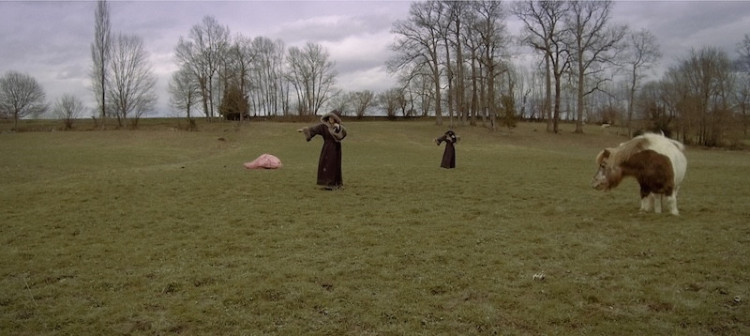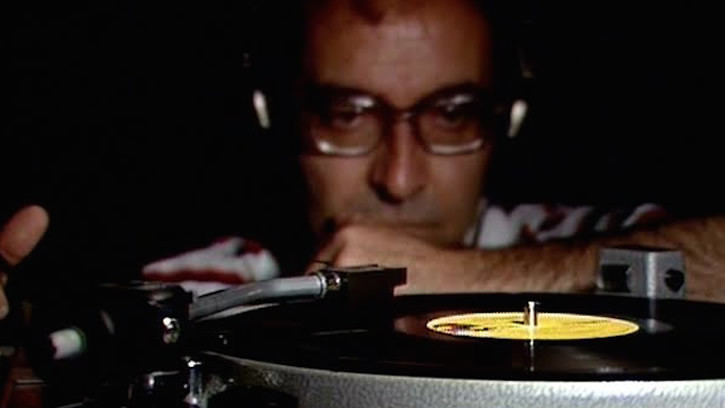
FIDMarseille is an International Film Festival which takes place every year at the beginning of July in Marseille. It offers a programme of about one hundred films, made up of fictions and documentaries, short and feature films.
Throughout the year, FIDMarseille organizes many screenings to showcase the films supported during the festival, sets up screenings and cartes blanches with various partners, develops training activities and educational workshops for wide-ranging audiences.
Learn more


